When it comes to beautifying our outdoor spaces, few things can compare to the vibrant allure of green decorative grass. Whether you’re sprucing up your garden, adding a touch of elegance to your patio, or creating a serene oasis in your backyard, decorative grass can be the perfect solution. In this article, I’ll share everything you need to know about green decorative grass, including types, benefits, maintenance tips, and my own experiences using it.
What is Green Decorative Grass?
Green decorative grass refers to a variety of ornamental grasses used primarily for aesthetic purposes in landscaping. Unlike traditional turf grass, these variants are often chosen for their texture, color, and height, making them ideal for borders, accents, and focal points in gardens.
Why Choose Decorative Grass?
Choosing decorative grass for your landscaping project comes with numerous advantages, such as:
- Low Maintenance: Compared to traditional lawns, decorative grasses require significantly less upkeep.
- Diverse Aesthetics: Available in various textures and colors, decorative grasses can create visual interest throughout the year.
- Eco-Friendly: Many varieties are drought-resistant and require minimal irrigation.
- Wildlife Attraction: They can attract beneficial insects and birds, enhancing your garden’s biodiversity.
Types of Green Decorative Grass
There’s a wide range of decorative grasses, each with unique characteristics. Here are some popular types:
1. Fescue Grass
Fescue grasses are thick, lush, and come in a variety of heights and colors, making them versatile for different landscaping designs.
Pros
- Soft texture
- Shade tolerant
Cons
- Requires more water
- Can struggle in extreme heat
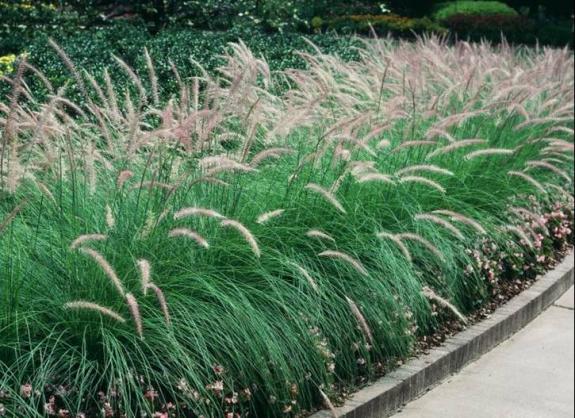
2. Blue Oat Grass
Known for its striking blue-green hue, Blue Oat Grass adds a modern touch to any garden.
Pros
- Unique color
- Low water requirements
Cons
- Not ideal for wet soils
3. Pampas Grass
Pampas Grass is famous for its large, feathery plumes that sway beautifully in the wind.
Pros
- Very tall and dramatic
- Good for privacy screens
Cons
- Invasive in some areas
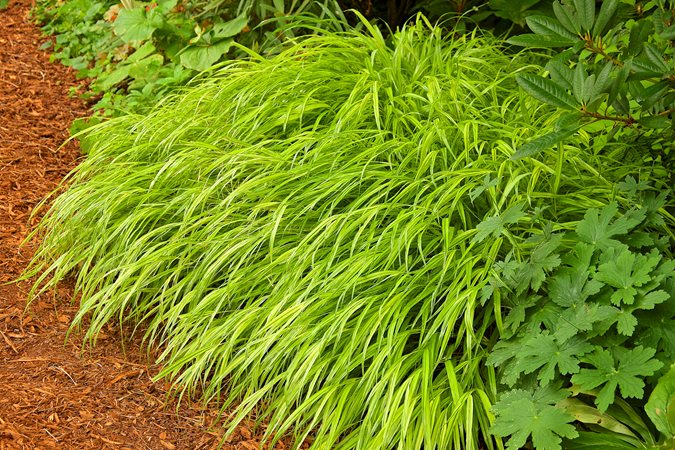
Creating a Decorative Grass Landscape
Integrating decorative grass into your landscape can dramatically enhance its overall look. Here’s how to do it effectively.
Step 1: Planning Your Layout
Before planting, sketch out your garden and decide where you want to place your grass. Consider factors like sunlight, moisture, and overall design.
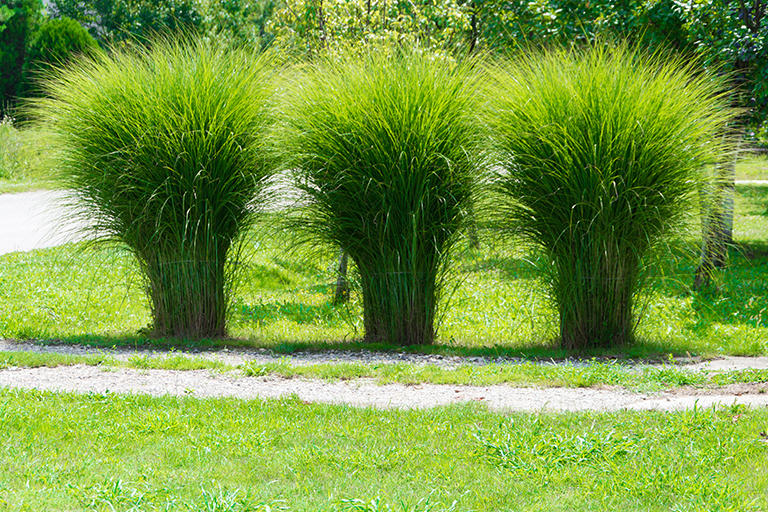
Step 2: Choosing the Right Grass
Select grasses that suit your climate and the specific areas of your garden where they’ll be planted. For example, if you have a shaded garden, opt for shade-tolerant varieties.
Step 3: Planting Your Grass
Follow these steps for planting:
- Prepare your soil by tilling and adding compost.
- Dig holes according to the size of the grass clumps.
- Plant the grasses, ensuring they are level with the soil surface.
- Water thoroughly after planting.
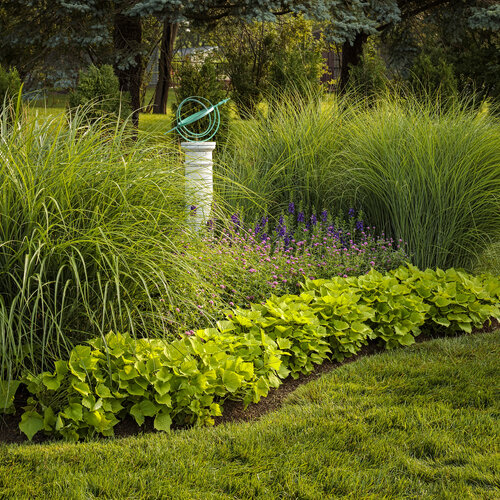
Step 4: Maintenance Tips
Here are some key maintenance tips to keep your decorative grass looking its best:
- Watering: Regular watering is crucial, especially during the initial growth phase.
- Fertilizing: Use a balanced fertilizer in early spring to promote growth.
- Pruning: Cut back dead or unruly stems in late winter or early spring.
Personal Experience: My Journey with Decorative Grass
Transforming my backyard with decorative grass was a rewarding experience. Initially, I was overwhelmed by the selection, but after a bit of research, I settled on a combination of fescue and pampas grass. The results were amazing!
Every summer, I enjoy sitting in my garden, watching the grass sway in the breeze. It has become a calming retreat for my family and a favorite spot for neighborhood kids to play. I’ve also seen butterflies and birds, which are a delightful addition to our outdoor area.

Comparison Table: Popular Types of Decorative Grass
| Grass Type | Height | Sun Requirement | Water Requirement | Maintenance |
|---|---|---|---|---|
| Fescue | 12-36 inches | Sun/Partial Shade | Moderate | Low |
| Blue Oat Grass | 24-30 inches | Full Sun | Low | Very Low |
| Pampas Grass | 5-10 feet | Full Sun | Moderate | Moderate |
Pros and Cons of Green Decorative Grass
Pros
- Enhances curb appeal
- Creates texture and interest
- Supports local wildlife
- Can reduce soil erosion
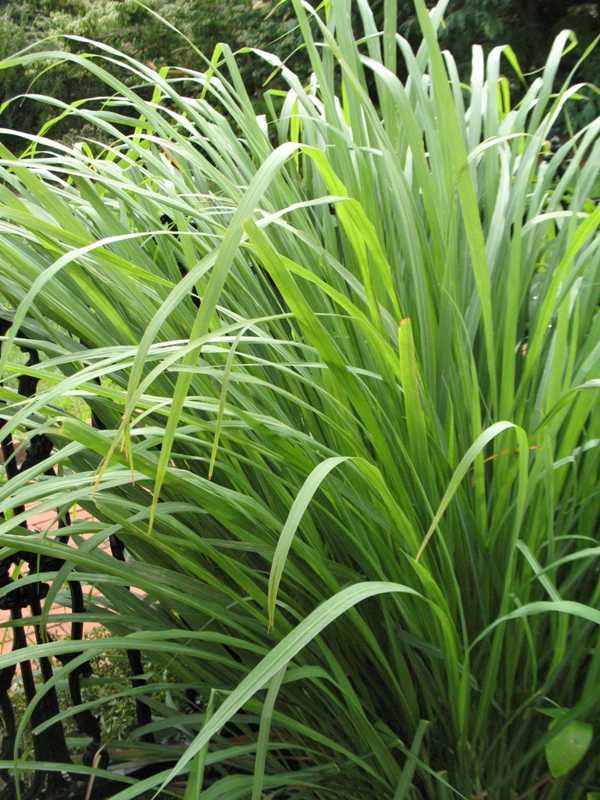
Cons
- Some varieties can be invasive
- Specific grasses may require more water in certain climates
FAQs About Green Decorative Grass
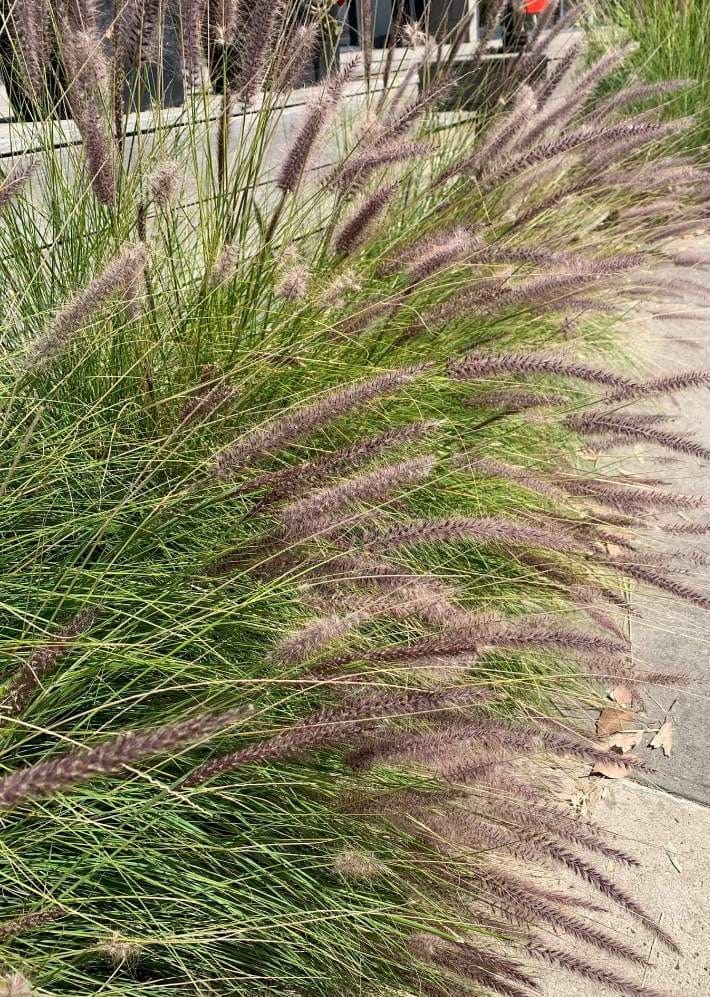
1. How do I choose the right decorative grass for my garden?
Select a grass type that suits your climate, sunlight exposure, and desired aesthetic. Consider factors such as height, color, and texture.
2. Is decorative grass suitable for all climates?
Not all decorative grasses are suitable for every climate. Research the hardiness zones and choose varieties that are known to thrive in your region.
3. How often should I water decorative grass?
Watering needs depend on the type of grass and the local climate. Generally, new plantings need more frequent watering until established, while many decorative grasses are drought-resistant once mature.
4. Can I mix different types of decorative grass?
Absolutely! Mixing different types can create a beautiful, layered effect and add variety to your landscape design.
5. How do I maintain decorative grasses throughout the seasons?
Pruning in late winter, regular watering during growth phases, and fertilizing in spring are key maintenance tasks to keep your decorative grasses healthy and vibrant.
Conclusion
Green decorative grass is an exceptional way to elevate the beauty of your outdoor spaces while providing various environmental benefits. Whether you’re looking to create a naturalistic garden or a modern aesthetic, there’s a decorative grass type to suit your vision. With little maintenance and a touch of planning, you can transform your backyard into a living masterpiece.
Thank you for joining me on this journey into the world of decorative grass. I hope this guide serves as your go-to resource for all things green and beautiful in your outdoor spaces!